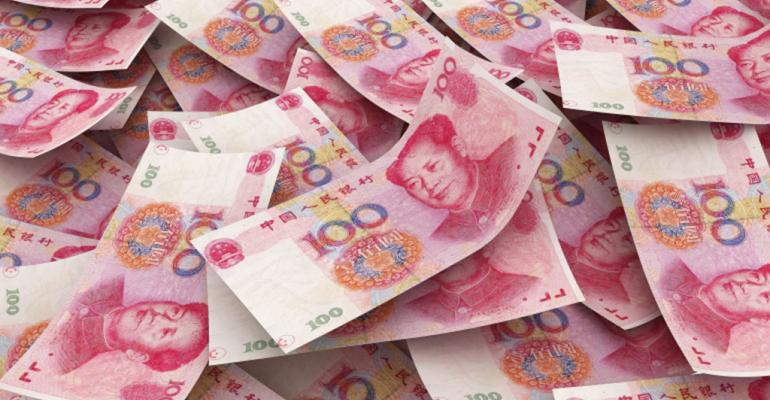Chinese investors have almost tripled their direct spending on U.S. properties in the past two years, to about $10 billion in 2015, according to a new report by KPMG. The increase dovetails with similar research from other sources, including a May 2016 report by the Asia Society and the Rosen Consulting Group, which noted that China has become a major source of foreign investment in the U.S. property market, with both indirect and direct investment totaling more than $350 billion since 2010.
Much of the Chinese property spending here has gone into residential real estate, but in the past five years, office buildings have come to these investors’ attention in the commercial market. “Our office property is the most easily understood commercial property for Chinese investors; they know how to underwrite and do due diligence on this type of asset,” says Roger Power, leader of KPMG’s U.S.-China Real Estate Initiative. “They are looking with concern at world events such as Brexit, and they’re also seeing the stability and attractiveness of U.S. buildings.”
Chinese investors have been slower to dip their toes into the U.S. industrial or multifamily markets.
Like most foreign investors, the Chinese tend to focus more on the top coastal markets such as New York City. More than half of the transaction volume driven by Chinese investors from 2010 to 2015 was in New York City, according to the Asian Society, followed by Los Angeles and San Francisco. Recent New York deals include HNA Property Holdings joining with MHP Real Estate Services for the $463 million acquisition of 850 Third Ave., and China Investment Corp., a sovereign wealth fund, paying about $700 million for a 49 percent share in One New York Plaza in a venture with Brookfield Property Partners. In a further move signaling a preference for the U.S. market, earlier this year, the $500 billion CIC fund moved its North American headquarters from Toronto to the Big Apple, after sagging energy prices negatively impacted the Canadian office market.
Chinese investors tend to avoid the secondary U.S. office markets, according to Power, but lately they have been receiving somewhat of a forced education on cities such as Dallas and Austin due to the incredible amount of competition for office buildings in primary markets. The Chinese prefer to find U.S. partners on new development projects in secondary markets, he notes.
There are a number of U.S. programs to encourage overseas investment, and these are used by some Chinese investors. These include waivers of pension taxes and the EB-5 program, which permits foreign investors to obtain green cards by investing in development projects that produce U.S. jobs. According to Power, there are also local efforts in China to encourage investors to venture overseas, such as the Qualified Domestic Individual Investor Program and the Chinese Insurance Regulatory Commission, which has allowed local insurance companies to invest up to 15 percent of assets outside the country. Currently, the insurers only spend about 1 percent in assets overseas, a figure which should grow to 5 percent by 2019, according to the KPMG report. A survey of high-net-worth Chinese individuals showed that almost half of them planned to increase their overseas investments, the report said.
The Asia Society report predicts that with U.S. property markets enjoying continued prosperity and short-term economic turbulence in China, direct Chinese investment in U.S. properties could total at least $218 billion in the next four years.
“Chinese-backed development projects are likely to remain a substantial component of the commercial real estate market even as the economic cycle in the United States slows the overall pace of new development announcements,” according to the report. “Beyond 2020, Chinese investment in U.S. real estate could accelerate further.”

